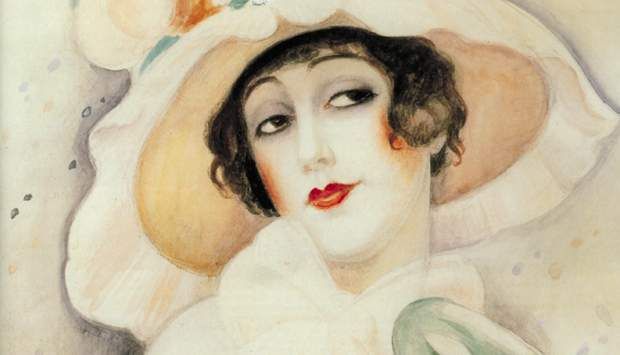

The Vikings however used the slave trade as a major source of income and Dublin was a handy stopover between Europe and Scandinavia. There was no large scale buying or selling of slaves. There had been slaves in Ireland before the arrival of the Vikings, but these were mostly prisoners of war, or enslaved because of debt. In Ireland however, it hadn't been a big thing. Dublin- Centre Of The International Slave TradeĪctually, the slave trade was flourishing all over Europe at the time. There was a lot of intermarriage, and a lot of trade with the Irish. In the major Viking settlements, people became bilingual. During the Viking Age, Dublin developed into Ireland's inofficial capital, a major international hub of commerce in the Viking world.ĭublin became a town of merchants and trades people such as leatherworkers, builders, cobblers, shipwrights, metalworkers, comb makers and so on. The Poddle was diverted and is now underground, and a marshland formed in its’ place, which was filled in and is now the garden of Dublin Castle. Over time, the earthen banks of the longphort were replaced with a stone wall, which later became Dublin Castle. Dublin was a great location because there were forests nearby which were crucial for boat building and boat repairs. In Dublin, the Vikings first settled at a pool in the river Liffey where the tributary Poddle enters, and formed a deep black pool, ‘dubh linn’ in Irish (pronounced duv linn) which later became the word Dublin. Read related articles here about how the VikingsĪrrived first, and about Dublin, a Viking Read More About Ireland History Of The Vikings All that’s left of longphorts in the landscape these days is the earthen mound. Longphorts were located at a bend in the river that contained a deep enough pool for mooring the Vikings’ longships. Inside, there would have been huts for living quarters. They are typically D-shaped and the top of them were finished off with a wooden palisade. Longphorts, the typical Viking camp, are enclosures made of a raised earth mound. This quote is from the annals of Tigernach. (probably a small allotment garden such as those found in excavations in Was promised ‘whatever he wished for for as long as he was king:
#DANISH LONGPHORT MAC#
Siege of Dublin in 989AD won by Maél Sechnaill mac Domnaill. Settlements were then seen as a source of wealth rather than as something to beĪ prime example for this change in attitude is the 20 day
:max_bytes(150000):strip_icc()/WWF-cheat-4-5b60a1cb46e0fb0025ab7323.jpg)
Involved with local politics, attitudes towards them changed. More Vikings arrived and settled and mixed with the local population, getting Overall, the longphort settlements were essential in establishing the presence of the Vikings in Ireland during the ninth and tenth centuries.In the second half of the ninth century however, as more and

During this time, the Vikings were able to begin a period of extremely profitable trade. Archeological evidence shows that imports and exports included textiles, animal skins, amber, and glass from England. For example, it is clear that the earliest settlements became major trading centers throughout Ireland. Longphorts were essential to the economic prosperity of the Vikings. It can be assumed that the purpose of these sites was to ease travel and trade within the region. These camps would be of great importance to the Vikings during their raids of Ireland, which included attacks on many churches and monasteries located on the coast. The sites were easily defended, sheltered, and gave immediate access to the sea. These camps were fortified areas along rivers, usually at a tributary where both sides were protected such that the Vikings could port ships. The reason it cannot be assumed that longphorts were solely for military purposes as that would assume that there were always large numbers of Vikings at these settlements, which is not true. Although it can be assumed that the longphorts were used as bases for Viking raids, it is clear that the term had multiple meanings and that these sites had multiple purposes. longphuirt) is a term used in Ireland for a Viking ship enclosure or shore fortress. Wikipedia Rate this definition: 0.0 / 0 votesĪ longphort (Ir.


 0 kommentar(er)
0 kommentar(er)
